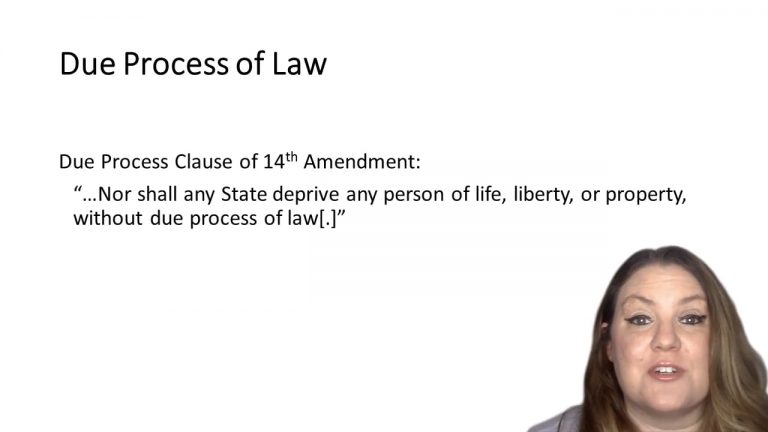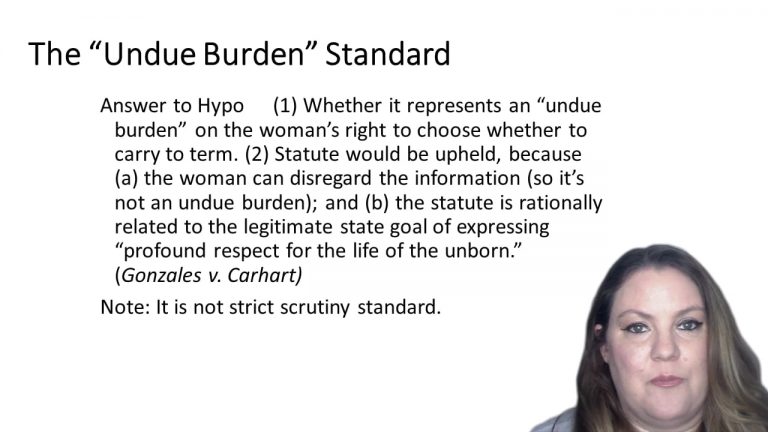SmartBrief enables case brief popups that define Key Terms, Doctrines, Acts, Statutes, Amendments and Treatises used in this case.
SmartBrief
Confirm favorite deletion?
Cancel
Yes, Delete
Constitutional Law Keyed to Barnett
View this case in different Casebooks
Constitutional Law Keyed to ChemerinskyCriminal Law Keyed to KaplanCriminal Law Keyed to LeeConstitutional Law Keyed to ChoperCriminal Law Keyed to LaFaveConstitutional Law Keyed to VaratCriminal Law keyed to DrippsConstitutional Law Keyed to StoneConstitutional Law Keyed to FeldmanCriminal Law Keyed to KennedyConstitutional Law Keyed to FarberConstitutional Law Keyed to RotundaConstitutional Law Keyed to ShanorCriminal Law Keyed to GershowitzConstitutional Law Keyed to MaggsFamily Law Keyed to WeisbergFamily Law Keyed to Wadlington
Lawrence v. Texas
Citation:
538 U.S. 558Facts
A Texas law criminalized sexual intercourse between two adults of the same gender. Police were dispatched to the residence of one of the petitioners to investigate a “weapons disturbance,” and found the petitioners engaged in the conduct criminalized under the Texas statute at issue.
Only StudyBuddy Pro offers the complete Case Brief Anatomy*
Access the most important case brief elements for optimal case understanding.
*Case Brief Anatomy includes: Brief Prologue, Complete Case Brief, Brief Epilogue
- The Brief Prologue provides necessary case brief introductory information and includes:
Topic:
Identifies the topic of law and where this case fits within your course outline.Parties:
Identifies the cast of characters involved in the case.Procedural Posture & History:
Shares the case history with how lower courts have ruled on the matter.Case Key Terms, Acts, Doctrines, etc.:
A case specific Legal Term Dictionary.Case Doctrines, Acts, Statutes, Amendments and Treatises:
Identifies and Defines Legal Authority used in this case.
- The Case Brief is the complete case summarized and authored in the traditional Law School I.R.A.C. format. The Pro case brief includes:
Brief Facts:
A Synopsis of the Facts of the case.Rule of Law:
Identifies the Legal Principle the Court used in deciding the case.Facts:
What are the factual circumstances that gave rise to the civil or criminal case? What is the relationship of the Parties that are involved in the case.Issue(s):
Lists the Questions of Law that are raised by the Facts of the case.Holding:
Shares the Court's answer to the legal questions raised in the issue.Concurring / Dissenting Opinions:
Includes valuable concurring or dissenting opinions and their key points.Reasoning and Analysis:
Identifies the chain of argument(s) which led the judges to rule as they did.
- The Brief Prologue closes the case brief with important forward-looking discussion and includes:
Policy:
Identifies the Policy if any that has been established by the case.Court Direction:
Shares where the Court went from here for this case.
Topic Resources
Topic Refresher Course

 2m 6s
2m 6s 4m 27s
4m 27s